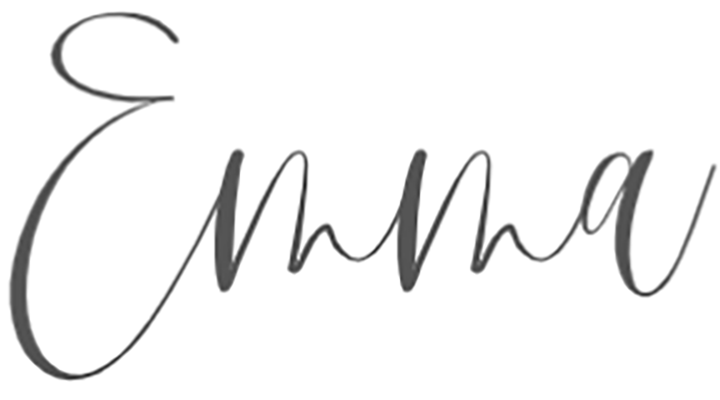era | New Beginnings
As spring slips into our every day lives with colourful moments bursting out in the natural world, it feels like the fresh start of new beginnings.
There is such hope and excitement that accompanies the anticipation of what is to come.
When you begin your architecture, there is a similar feeling.
A really positive mindset for the possibilities of what the future can bring.
And that future lifestyle is encompassed in the architecture you will make.
All too often people jump in and start designing something without taking a breath first.
They are so excited to begin the journey to their future, they jump off the jetty and hit the water without first putting on a swimsuit or checking the height they are about to jump.
The most important thing to do when you begin in your architecture is to gather information.
Whatever you do, don't skip this part!
It doesn't matter how big or small your architecture will be. The more information you can gather at the beginning of your process, the more informed you will be to design architecture that will be specific to you, to tackle the decisions that will need to be made along the way and to avoid unexpected surprises.
I just can't tell you how invaluable it is for you to get to know as much as you can about
Your Purpose
Your Place
Your People
Your Program
Your Parts
Architecture is very honest.
You just can't hide anything, so don't try to ignore anything or pretend it will go away because if you don't find out about it now, it is more than likely going to show itself to you at a very inconvenient moment further down the track. Such as that pipe you didn't know was there until you put your spade through it.
Bring it all out and lay it on the table to see what it all is and how it fits together.
So where do you look for the information that you need?
You look around you.
| PURPOSE |
What is your purpose? Your why and what you want to achieve at the end of the day.
| PLACE |
Where are all the existing elements that make up your place? The land, the trees, the services.
| PEOPLE |
Who are you and who are your people? And what do you want?
| PROGRAM |
What is your time frame and what is your budget?
| PARTS |
What will the parts of your architecture be made with? What do you like to touch and use in your ever day moments?
Get learning!
‘I think -’ began piglet .. 'Don't' said Eeyore’
AA MILNE | Author
a little way to help you find your architecture
Be organised.
You are about to collect a LOT of information that you will use all of the way through your process,
so collate it together in one place.
The information you gather at the beginning is not something you will shelve and never look at again. It is information that help inform your architecture at each step in the process.
It will help you design, build and communicate with others.
Find a place to
COLLECT INFORMATION
There will be information that you collect that you will refer to every now and then.
It often comes in the form of drawings or product brochures or written documents.
And it may be in hard copy or digital format or both!
Find a place to
RECORD INFORMATION
There is information that will be important for you to use on a day to day basis.
If you record the key information you have gathered in summary, it means that you do not have to rummage through all of the information you have collected to find an answer each time you have a question. It also means that you can take that document summary and give it to other people to communicate the information they will need to help design and build your architecture.
You can write or draw it by hand or record it digitally. Then file it in a place that is close at hand.
WHERE TO STORE YOUR INFORMATION
When you are looking for a place to keep your information, remember that you may need to access the information quickly.
For instance, someone might call you and ask for information about a product you are using and you know you have it somewhere, but where? You don't always have the luxury to take a few days to find it. However, if you know immediately where it is, you can refer to the question they have straight away and solve the problem.
Don't make it a complicated system, otherwise you will not be able to find things!
Make it simple.
For me, I keep most of the information I collect digitally, filed within a system of folders that are labelled in the order of each step in the process.
I keep all of the hand sketches and notes I make along with all of the physical product brochures and material samples I collect in a box together, so that I can pull them out and take a look any time.
Choose a system that is right for you and get going gathering information for your architecture!
‘.. people raised in different cultures behave as they do and build the buildings they do because they have different measuring devices and must, therefore inhabit different sensory worlds ..’
PAUL OLIVER – Author
Til next time!
Start the process to find your architectural language and make your little ideas a reality.
Click here to see the little things I have made for you, or click here if you would like to work with me one on one.


